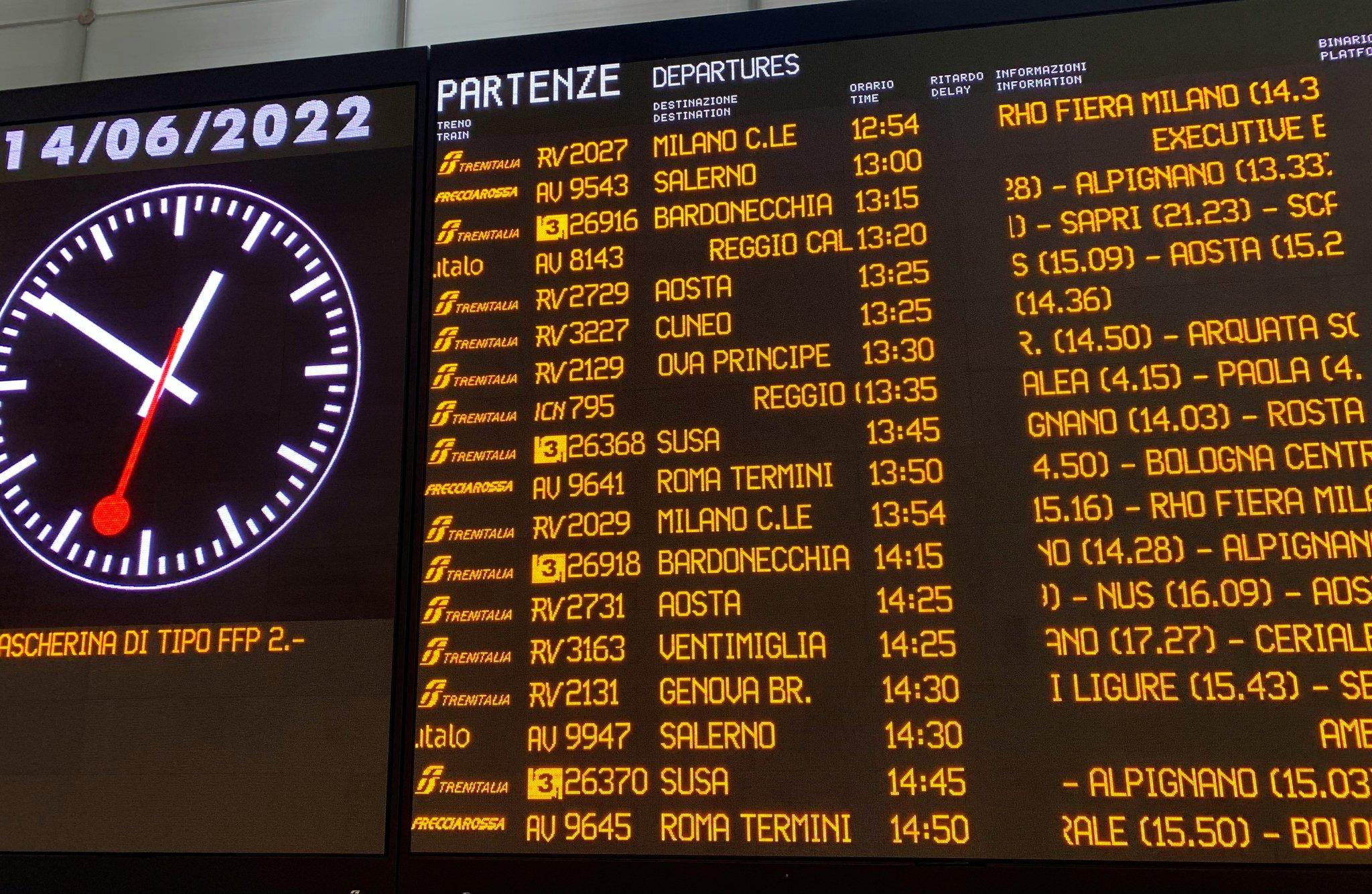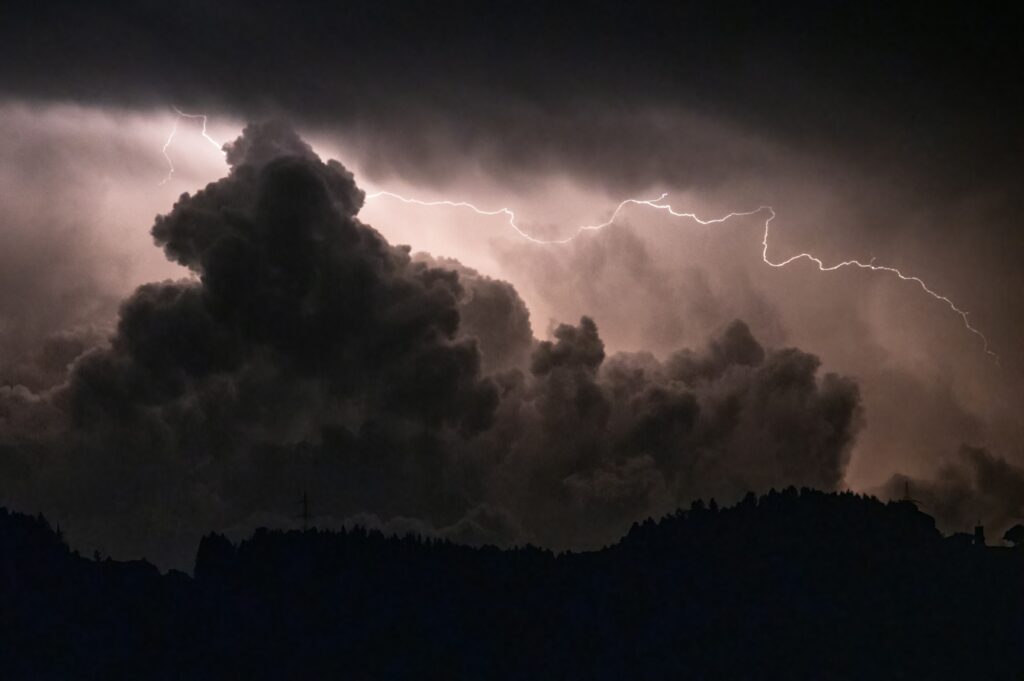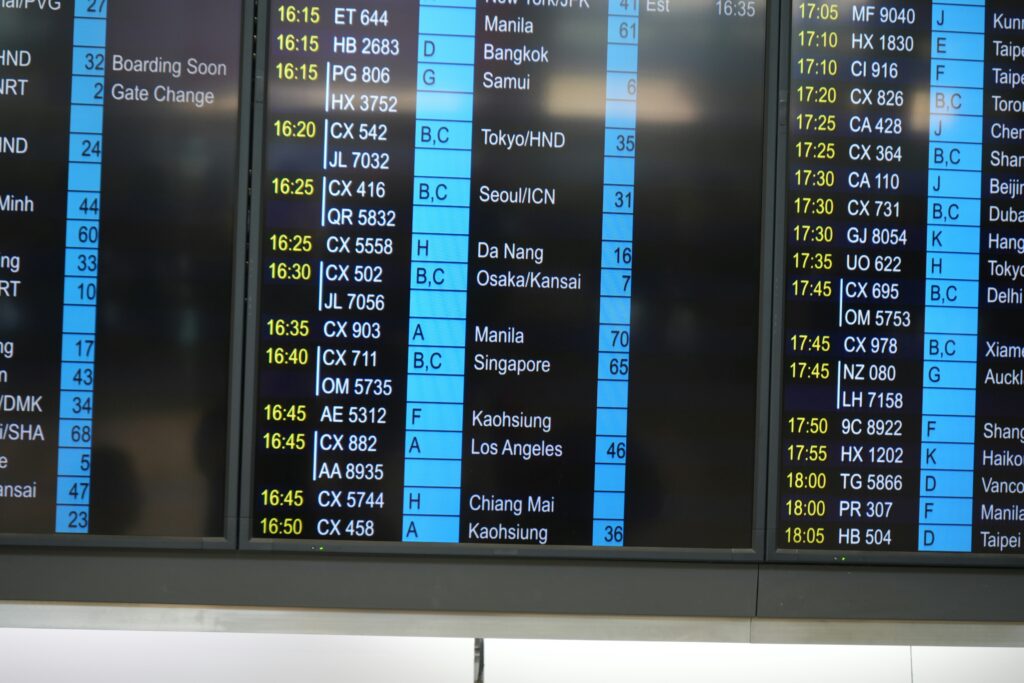Ever had your dream vacation derailed by a storm? I once spent 12 hours at an airport because my flight got delayed due to a freak snowstorm. No hotel room, no food—just me, a backpack, and the sound of rain pounding on the terminal roof like kettle drums during rush hour. It was miserable. But here’s the kicker: travel delay insurance could’ve saved me from all that chaos.
In this guide, we’ll dive into everything you need to know about weather-related delays, how travel delay insurance works, and whether it’s worth it for your next trip. You’ll also get answers to common FAQs so you can be prepared for whatever Mother Nature throws your way.
Table of Contents
- Key Takeaways
- Why Weather-Related Delays Are More Than Just Annoying
- How Does Travel Delay Insurance Work?
- Top Tips to Maximize Your Coverage
- Real-Life Stories of How Weather Protection Saved Travelers
- FAQs About Weather Protection in Travel Insurance
Key Takeaways
- Travel delay insurance offers financial relief when weather disrupts your plans.
- Policies vary widely; always check the fine print for coverage limits.
- Knowing what triggers a payout ensures smoother claims processing.
- This type of insurance isn’t just for extreme weather—it covers nuisances like fog or heatwaves too!
Why Weather-Related Delays Are More Than Just Annoying

A delayed traveler’s nightmare: endless waits and no plan B.
“Optimist You:” “It’s only a few hours—I’ll survive!”
Grumpy You: “Ugh, tell that to my empty wallet after paying for overpriced snacks.”
Let’s face it. Bad weather happens—and it doesn’t care about your meticulously planned itinerary. From thunderstorms grounding flights to hurricanes rerouting cruises, unpredictable weather can ruin even the best-laid travel plans. These delays aren’t just inconvenient—they’re expensive. According to industry stats, the average traveler spends $600 per year dealing with unexpected disruptions caused by bad weather.
How Does Travel Delay Insurance Work?
If you think travel delay insurance is another useless add-on, let me drop some truth bombs:

Filing a travel delay claim might seem daunting, but it doesn’t have to be.
What Triggers Coverage?
Your policy kicks in when unforeseen circumstances beyond your control cause significant delays (usually six or more consecutive hours). Common triggers include severe storms, volcanic eruptions, and transport strikes—essentially anything listed under “acts of God.” Pro tip: Always verify if your specific scenario qualifies before purchasing coverage!
The Claims Process Demystified
– Document everything. Keep receipts for meals, accommodations, and transportation expenses.
– File promptly. Most insurers require claims within 30 days post-trip.
– Be patient. Processing times vary, but expect results within two weeks.
Top Tips to Maximize Your Coverage
Tips Every Traveler Swears By
- Read the Fine Print: Not all policies are created equal. Some cover rental car breakdowns; others don’t.
- Choose Wisely: Opt for comprehensive packages instead of standalone options unless you’re certain they match your needs.
- Cover Exclusions: Honestly, one time I skipped reading exclusions and regretted it when my tropical storm-related claim got denied. Lesson learned.
Terrible Tip Alert: One poor decision I made? Assuming cheaper equals better. Spoiler alert: It does NOT.
RANT CORNER:
I cannot stand when companies bury key details deep in their T&Cs using legalese thicker than molasses. If I wanted to become a lawyer overnight, I’d start law school—not sift through endless jargon hoping to understand basic terms.
Real-Life Stories of How Weather Protection Saved Travelers

When life hands you lemons…get reimbursed for them!
Consider Sarah, who was stuck in Chicago during a blizzard last winter. Thanks to her smart purchase of travel delay insurance, she received $700 toward her impromptu hotel stay and meals—a small victory amidst frigid chaos.
Or John, whose cruise departure was delayed due to Typhoon Kammuri. His insurer not only compensated him for missed excursions but also provided daily allowance extensions. Talk about turning lemons into lemonade!
FAQs About Weather Protection in Travel Insurance
Q: Will any weather event qualify for coverage?
A: Nope. Policies typically specify qualifying conditions like hurricanes, tornadoes, etc. Always double-check!
Q: Is there a waiting period before benefits kick in?
A: Yes, usually around six consecutive hours. Longer delays mean higher reimbursements though!
Q: Can I buy coverage mid-trip if bad weather looms ahead?
A: Unfortunately, nope. Pre-existing threats aren’t covered. Plan early to avoid scrambling later.
Q: Do group bookings increase premiums significantly?
A: Rarely, unless each member opts individually. Family/group plans often offer discounted rates!
Conclusion
Weather protection through travel delay insurance is more than peace of mind—it’s practical preparation against inevitable hiccups. Whether it’s sudden storms or seasonal shifts, having backup safeguards makes navigating disruptions infinitely easier.
Storms rage, planes stay grounded— Insurance pays for dinner. Pack wisely next time.
(Psst…Remember Pokémon Red? Yeah, remember saving every hour to ensure progress stayed safe? Same goes for protecting trips!)


